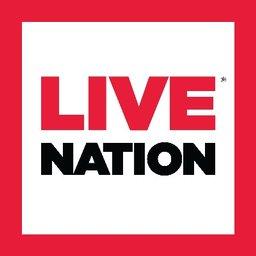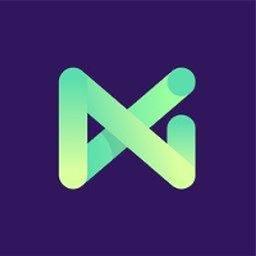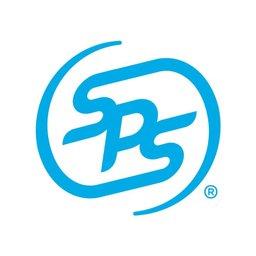Application Integration
For a PHP developer, Application integration involves connecting separate software systems and services so they can share data and automate processes. This skill is crucial for building complex ecosystems where different applications, both internal and external, must work together seamlessly. Roles requiring this expertise focus on creating a cohesive and efficient IT infrastructure, often by leveraging APIs and other communication protocols to bridge the gap between disparate platforms, such as CRMs, ERPs, and payment gateways.
Common Integration Scenarios
Developers in these roles frequently work on connecting custom PHP applications with popular third-party services. This can include integrating with payment processors like Stripe or PayPal, syncing customer data with Salesforce or HubSpot, or connecting to marketing automation platforms. Another common task is building a central API layer in PHP that allows various internal microservices or front-end applications to communicate with each other in a standardized way.
Key Technologies and Protocols
A solid understanding of the technologies that facilitate communication between systems is essential for application integration.
- APIs: Deep knowledge of consuming and building APIs, primarily using
RESTarchitecture but alsoSOAPorGraphQL. - Data Formats: Proficiency in handling data exchange formats, with
JSONbeing the most common, followed byXML. - HTTP Clients: Expertise in using tools like
Guzzleto manage HTTP requests and responses. - Message Queues: Familiarity with systems like
RabbitMQorAWS SQSfor asynchronous communication between services. - Authentication: Implementing security protocols such as
OAuth 2.0to authorize access between applications.





